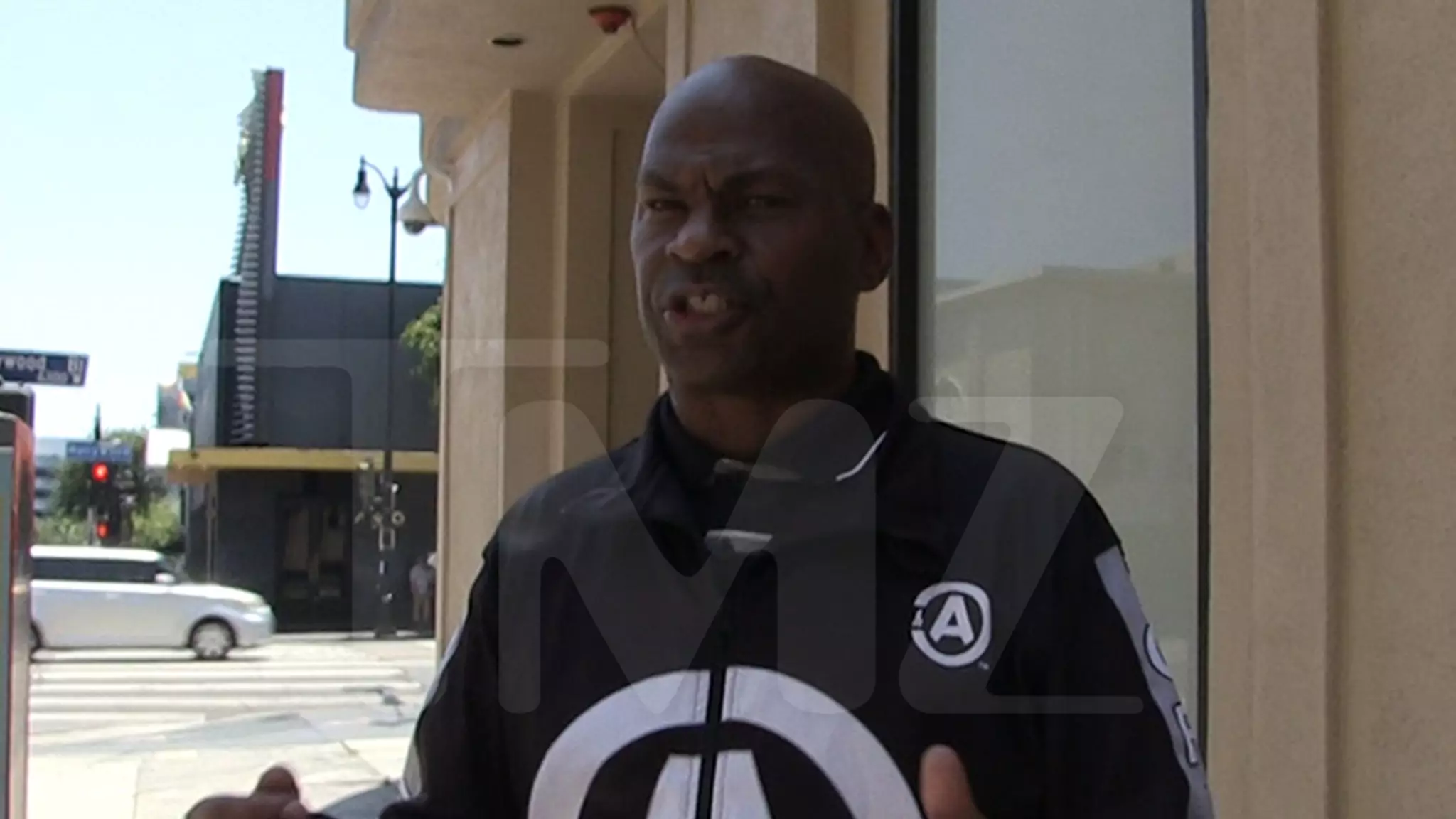The inclusion of breakdancing as an official Olympic sport marks a significant milestone for dancers around the world. Michael “Boogaloo Shrimp” Chambers, known for his role as Turbo in the iconic ’80s film “Breakin’,” expresses his enthusiasm for this long-awaited recognition. He believes that having breakdancing in the Olympics will not only bring legitimacy to the art form but also provide financial opportunities for dancers.
Chambers envisions a future where elite breakdancers can secure sponsorships and establish academies to train the next generation of talent. This could open up new avenues for dancers to generate income and support themselves while pursuing their passion. By participating in the Olympics, breakdancers hope to elevate their art form and gain widespread recognition on a global stage.
Despite the excitement surrounding breakdancing’s debut at the Olympics, there are critics who question its status as a “real” sport. Chambers acknowledges that everyone is entitled to their opinion, but he urges detractors not to diminish the achievements of breakdancers. As the dance form gains international acclaim, it is essential to celebrate the dedication and skill of those involved.
Originating in the Bronx in the 1980s, breakdancing has since spread across the world, with countries like the U.S.A., Australia, Japan, The Netherlands, Lithuania, France, and China fielding talented dancers at the Olympics. The diversity of participants reflects the universal appeal of breakdancing and its ability to transcend cultural boundaries. While the U.S. may have been the birthplace of breakdancing, other nations have embraced the art form and contributed to its evolution.
As the Olympics unfold, fans eagerly anticipate the breakdancing competitions and the chance to see different countries showcase their unique styles. Chambers hints at potential surprises in the competition, suggesting that Team USA may face tough competition from unexpected sources. The inclusion of breakdancing in the Olympics represents a significant step forward for the dance community and paves the way for greater recognition and appreciation of this dynamic art form.

Leave a Reply